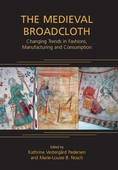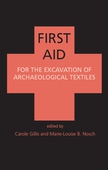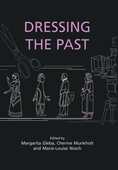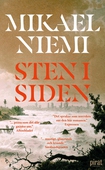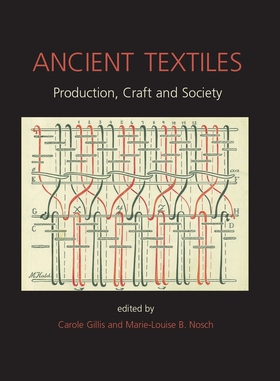
Lägg till önskelistan
Ancient Textiles (Ancient Textiles) e-bok
Pris
115 kr
An understanding of textiles and the role they played in the past is important for anyone interested in past societies. Textiles served and in fact still do as both functional and symbolic items. The evidence for ancient textiles in Europe is split quite definitely along a north-south divide, with an abundance of actual examples in the north, but precious little in the south, where indirect evidence comes from such things as vase painting and frescoes. This volume brings together these two sc...
E-Bok
115 kr
Pris
Förlag
Oxbow Books
Utgiven
15 Februari 2021
Längd
304 sidor
Genrer
Historia & Arkeologi, Fackböcker
Serie
Ancient Textiles
Språk
English
Format
epub
Kopieringsskydd
Vattenmärkt
ISBN
9781782974390
An understanding of textiles and the role they played in the past is important for anyone interested in past societies. Textiles served and in fact still do as both functional and symbolic items. The evidence for ancient textiles in Europe is split quite definitely along a north-south divide, with an abundance of actual examples in the north, but precious little in the south, where indirect evidence comes from such things as vase painting and frescoes. This volume brings together these two schools to look in more detail at textiles in the ancient world, and is based on a conference held in Denmark and Sweden in March 2003. Section one, Production and Organisation takes a chronological look through more than four thousand years of history; from Syria in the mid-third millennium BC, to Seventeenth Century Germany. Section two, Crafts and Technology focuses on the relationship between the primary producer (the craftsman) and the secondary receiver (the archaeologist/conservator). The third section, Society, examines the symbolic nature of textiles, and their place within ancient societal groups. Throughout the book emphasis is placed on the universality of textiles, and the importance of information exchange between scholars from different disciplines. A small book on finds First Aid for the Excavation of Archaeological Textiles is included as an Appendix.

